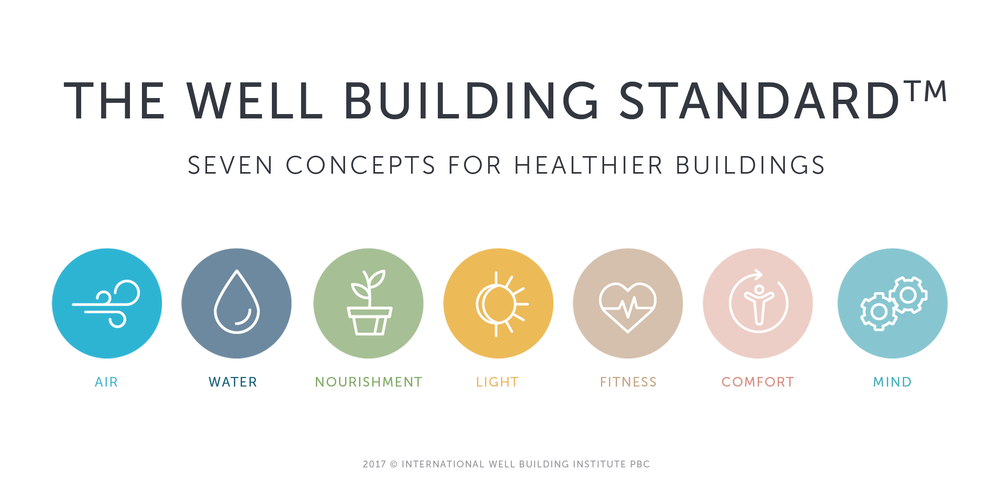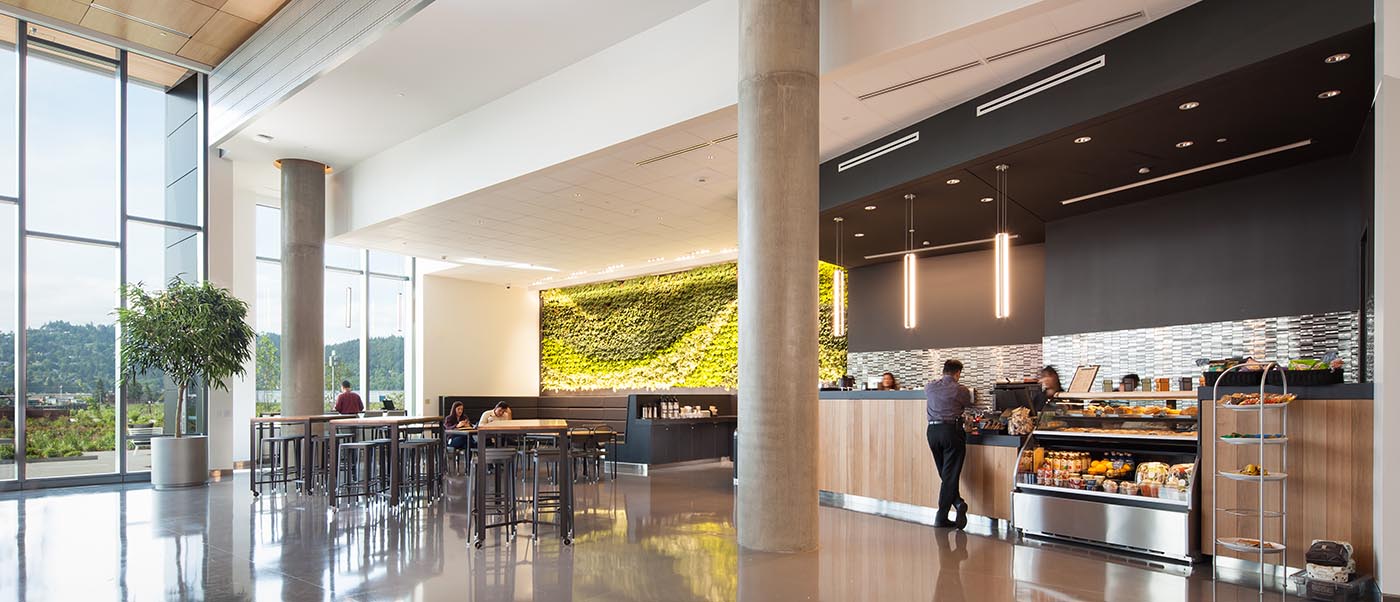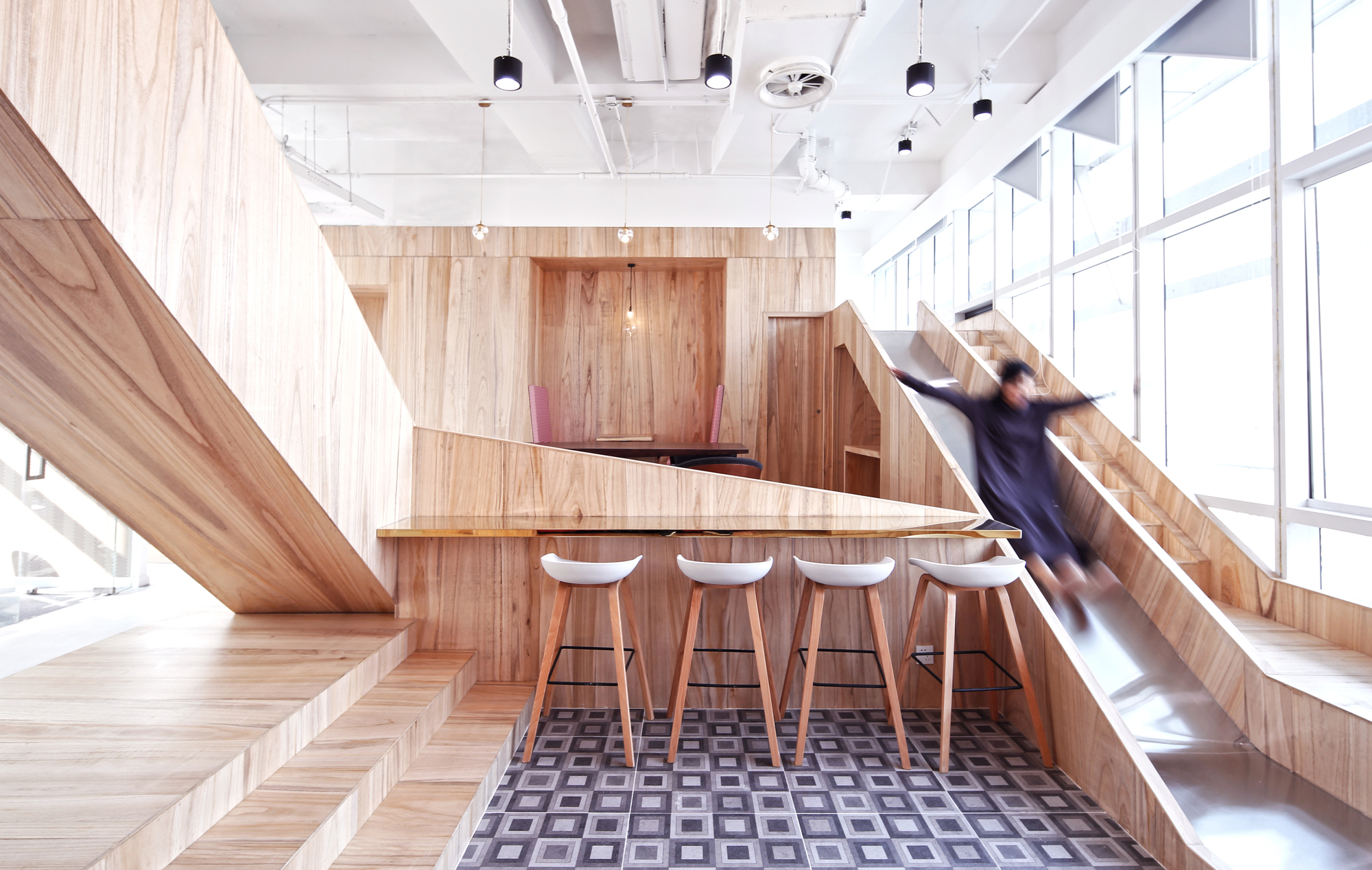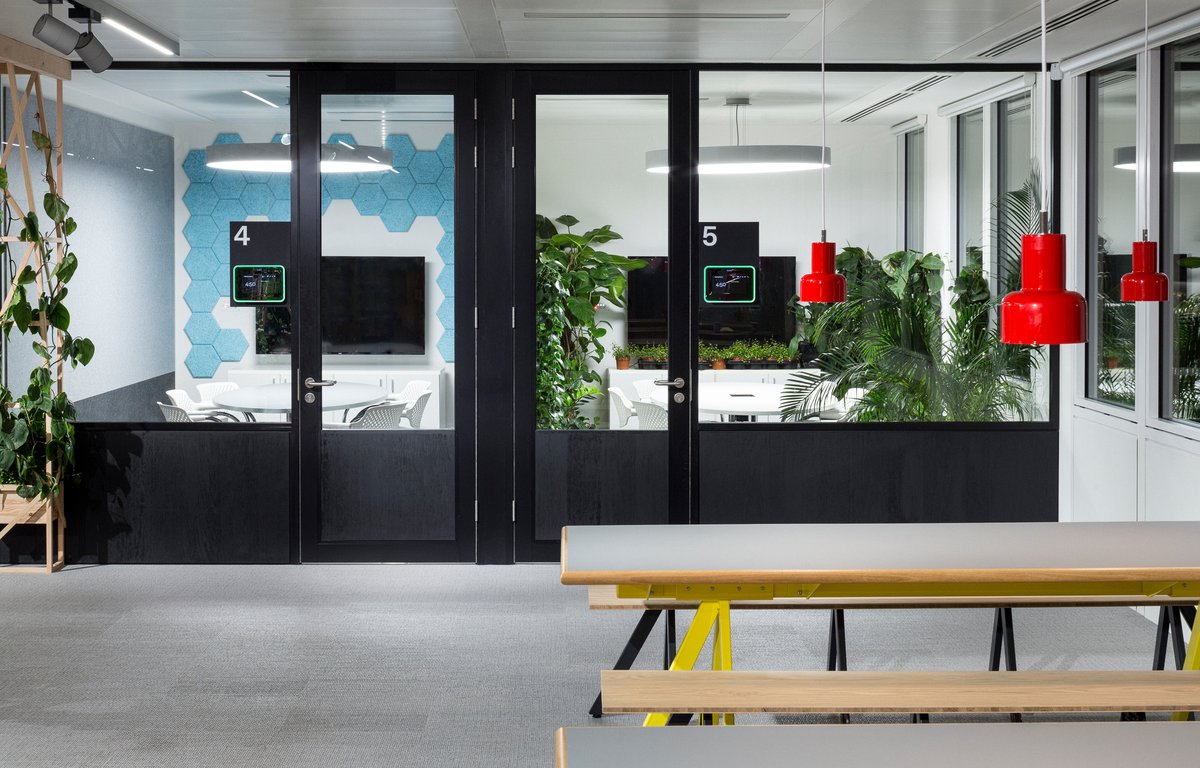TODAY’S OFFICES
In a typical office environment in the UK, up to 60% of staff need more access to daylight. More than 130 million days are lost to sickness absence every year in Great Britain. Working-age ill health costs the national economy £100 billion a year, and a 1% reduction in absenteeism would convert to a saving of £1 billion for the economy.
THE WELL BUILDING STANDARD
The WELL Building Standard® originated because they believe buildings should be developed with people’s health and wellness at the centre of the design. Therefore, they aim to reduce sick days and save the economy money. They take a holistic approach to health in the built environment addressing behaviour, operations and design.
The WELL Building Standard® is a performance-based system for measuring, certifying, and monitoring the built environment’s features that impact human health and wellbeing through the air, water, nourishment, light, fitness, comfort and mind.
WELL is grounded by a body of medical research. The research explores the connection between the buildings where we spend more than 90 per cent of our time and how it impacts the health and wellness of the occupants. WELL Certified™ spaces can help create a built environment that improves occupants’ nutrition, fitness, mood, sleep patterns and performance.
You can register your office to be WELL Certified™. Projects pursuing WELL certification can earn points based on performance outcomes for various policy, design and operational strategies. If they pass, they will achieve one of four certification levels: Bronze, Silver, Gold or Platinum.

The WELL Building Standard
WELL’S SEVEN CONCEPTS FOR HEALTHIER BUILDINGS
What are the criteria to be WELL Certified™? Made up of seven concepts, each consists of multiple targets:
Seven Concepts:
- Air
- Water
- Nourishment
- Light
- Fitness
- Comfort
- Mind
Target Example:
Light: At least 30% of the regularly occupied area is within a 6m horizontal distance of envelope glazing on each floor.

Certified WELL Building Standard Building
MIND-BODY SYSTEMS
It’s great if you want to improve your building so that it’s a healthier space, but it’s also essential to understand how these improvements to the space will benefit the user’s health. The three mind-body systems determine health: cognitive, psychological and physiological.
How elements of the WELL Building Standard concepts can affect cognition:
Air: Thermal and airflow variability can positively impact concentration, comfort, wellbeing and productivity.
Nourishment: A 2013 study found that employees with healthier diets were 25% more likely to have higher job performance.
Light: Productivity is higher in well-daylighted workplaces. Sales increase in daylit stores and children perform better in daylit classrooms with views.
Water: An experiment has shown that the presence of water in a space improved concentration and memory restoration. It also enhanced perception and psychological responsiveness.
Mind: A visually stimulating workplace provides the best grounds for creativity to thrive. Natural light, planting and vibrant colour choices are proven to help nurture a creative work ethic of up to 45%. See our blog “How will workplace plants improve employees’ wellbeing?” to find out more.

Office with Natural Light
How elements of the WELL Building Standard categories can affect psychology:
Air: Thermal and airflow control improved people’s perception of time and alliesthesia (spatial pleasure).
Nourishment: A diet high in processed foods and refined sugars can impair brain function and worsen mental health symptoms.
Mind: Repeated viewing of real nature, unlike non-nature, does not significantly diminish the viewer’s level of interest over time.
Water: Activities conducted in environments with water prompt more significant improvements in self-esteem and mood than in environments without water.

Singapore Airport
How elements of the WELL Building Standard categories can affect physiology:
Nourishment: Certain fruits rich in nutrients and antioxidants, such as beta-carotene, vitamin E and selenium, help the body’s cells function optimally. Including regular fruit and vegetables in your diet has been said to reduce the risk of type 2 diabetes, strokes, risk of heart disease and other chronic illnesses.
Mind: A brief visual or auditory distraction that causes one to look up (for 20 or more seconds) and over a distance (of 6 or more meters) allows for short mental breaks during which eye muscles relax and strain, fatigue and headaches lessen.
Comfort: A 45% wood material coverage has a more subjective “comfortable” feeling. It exhibited significant decreases in diastolic blood pressure.

Wooden Office Interior
So often, we hear about certifications we should have for ‘health’, ‘ wellbeing’, ‘sustainability’, or ‘responsibility. Ultimately it is important to ask the question, why? Why should I register for this certification? Hopefully, this blog has enlightened you on why the WELL Building Standard has seven concepts and how each area relates to our mind-body systems and improves occupants’ overall health and wellbeing.

